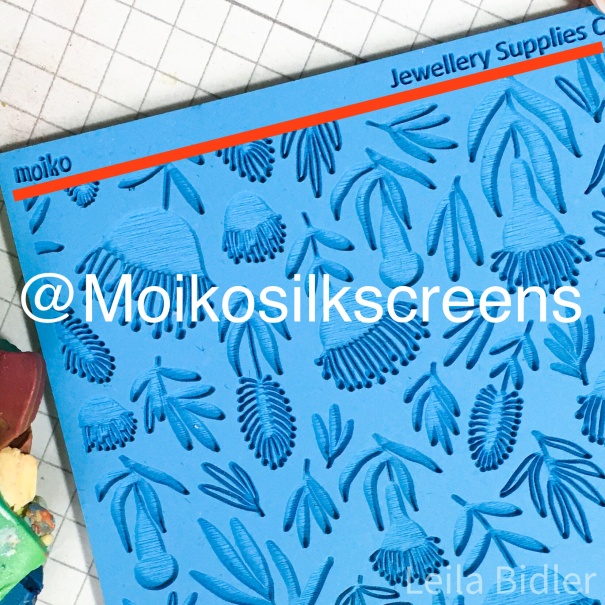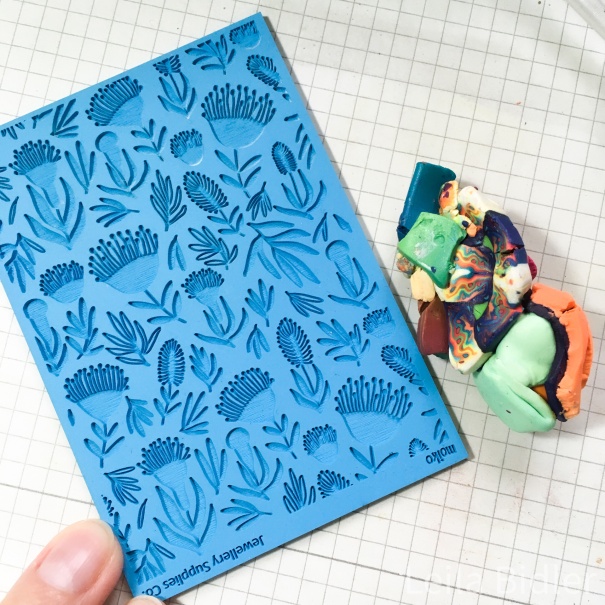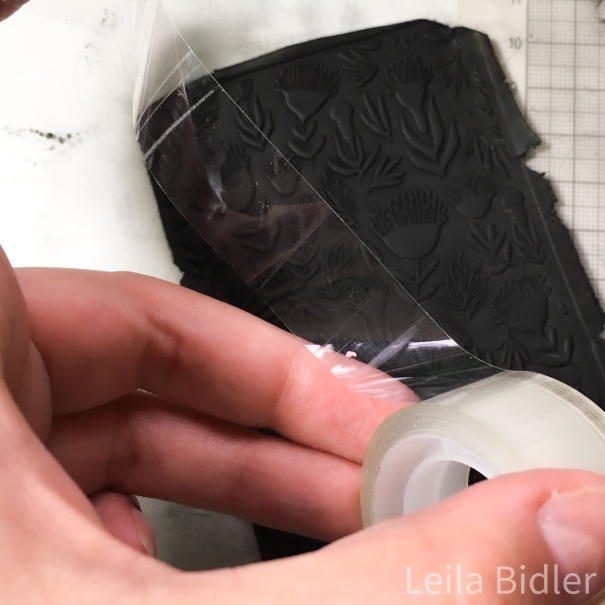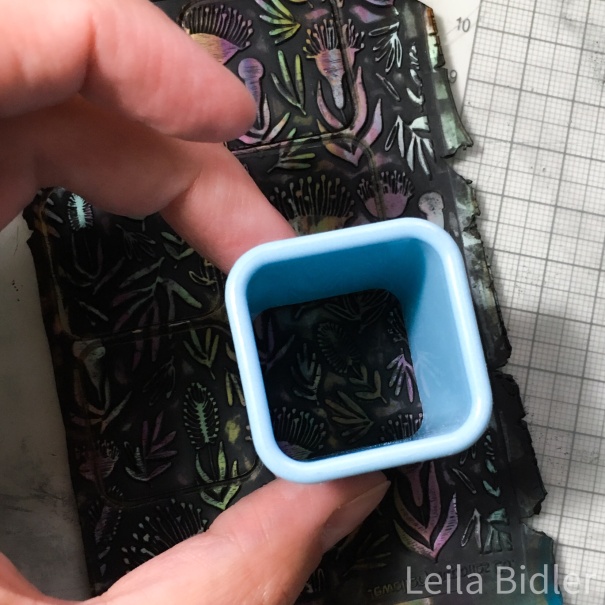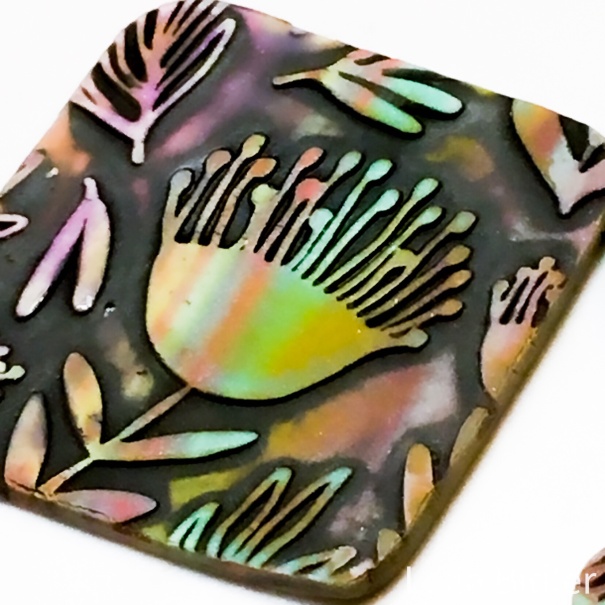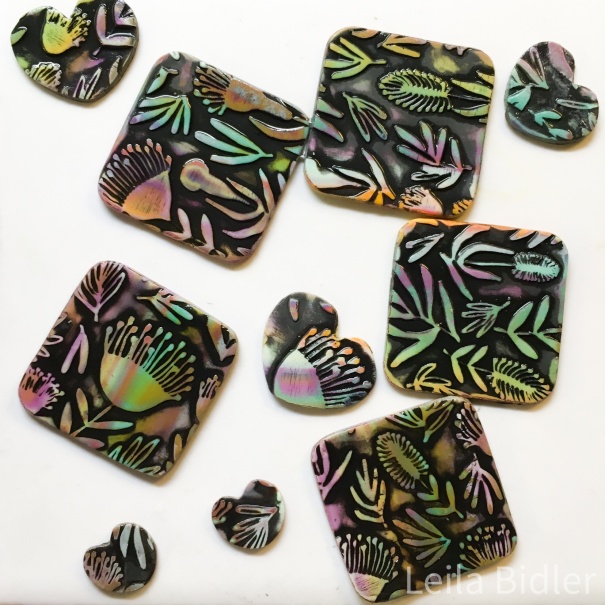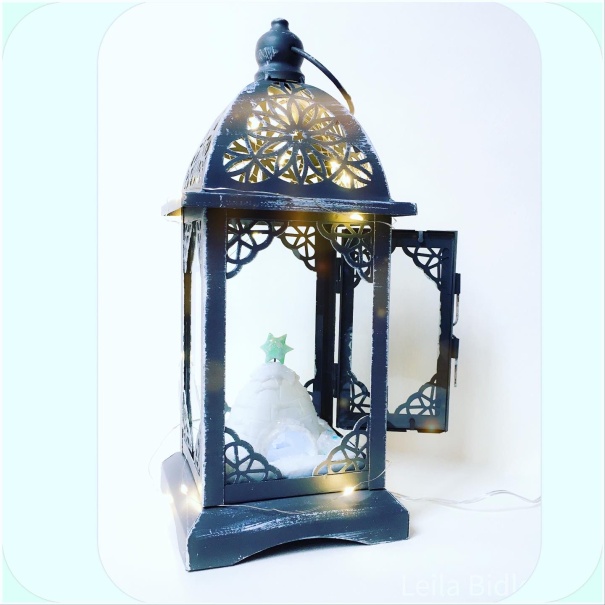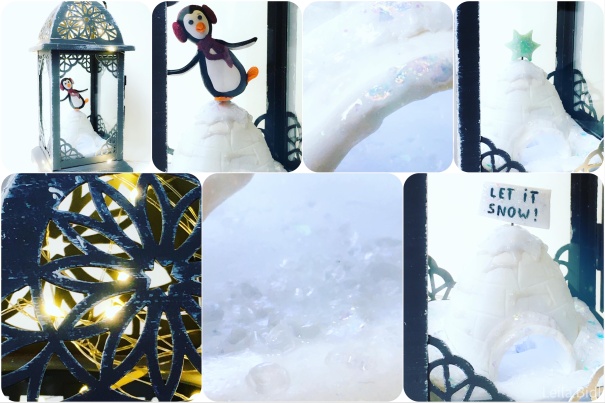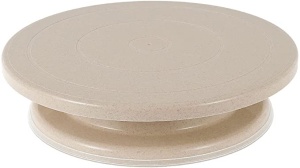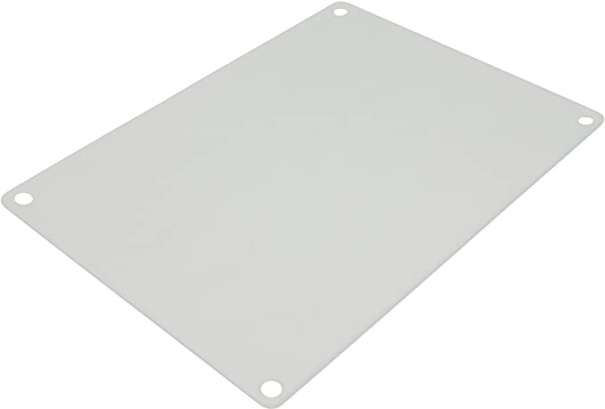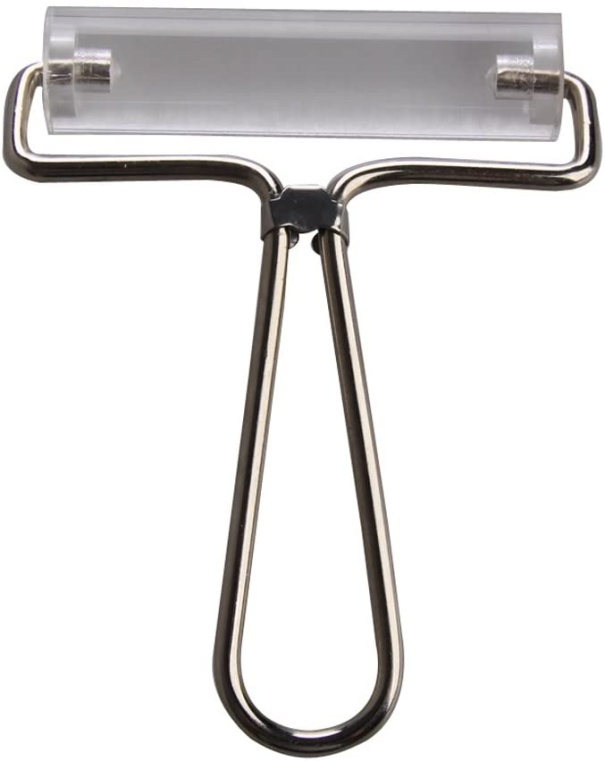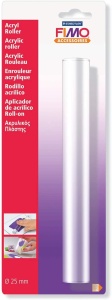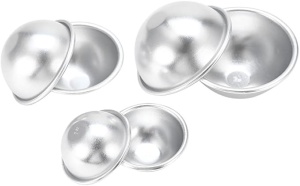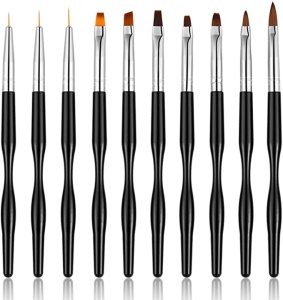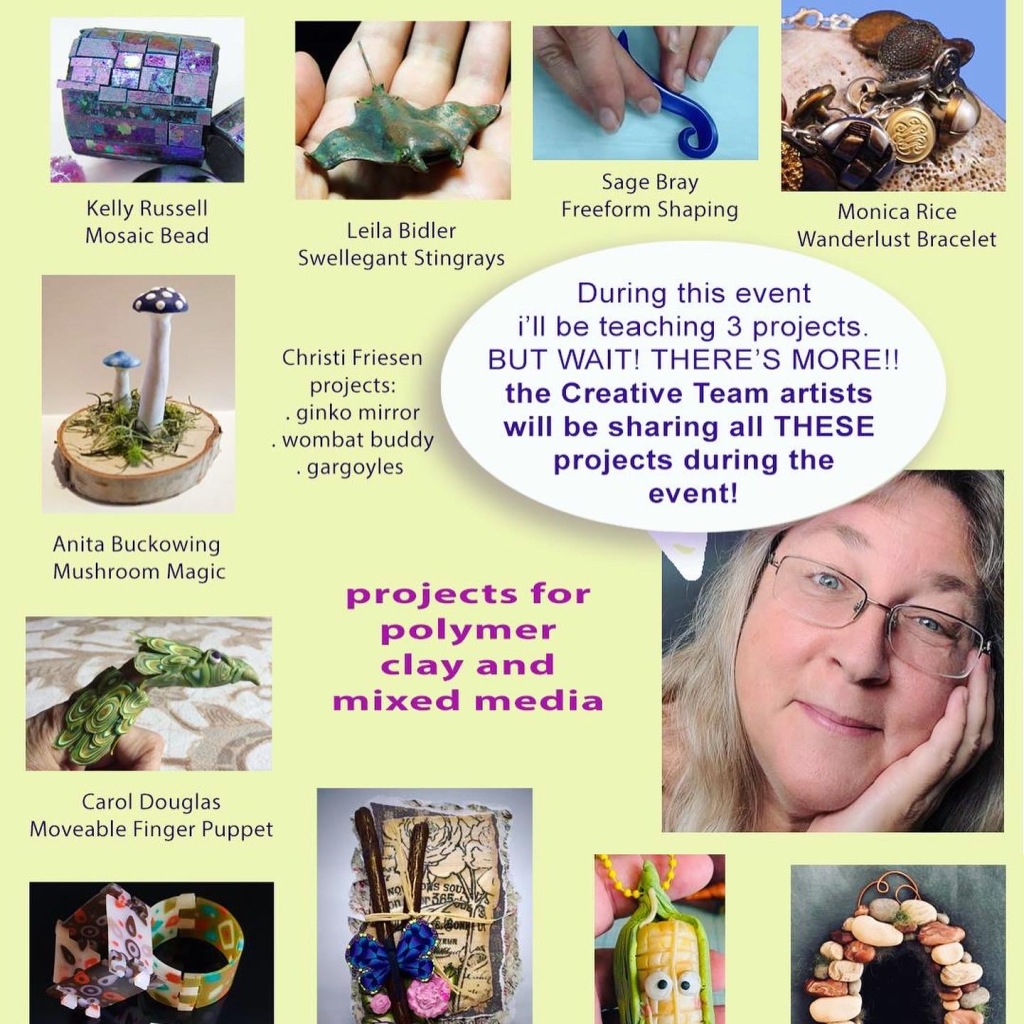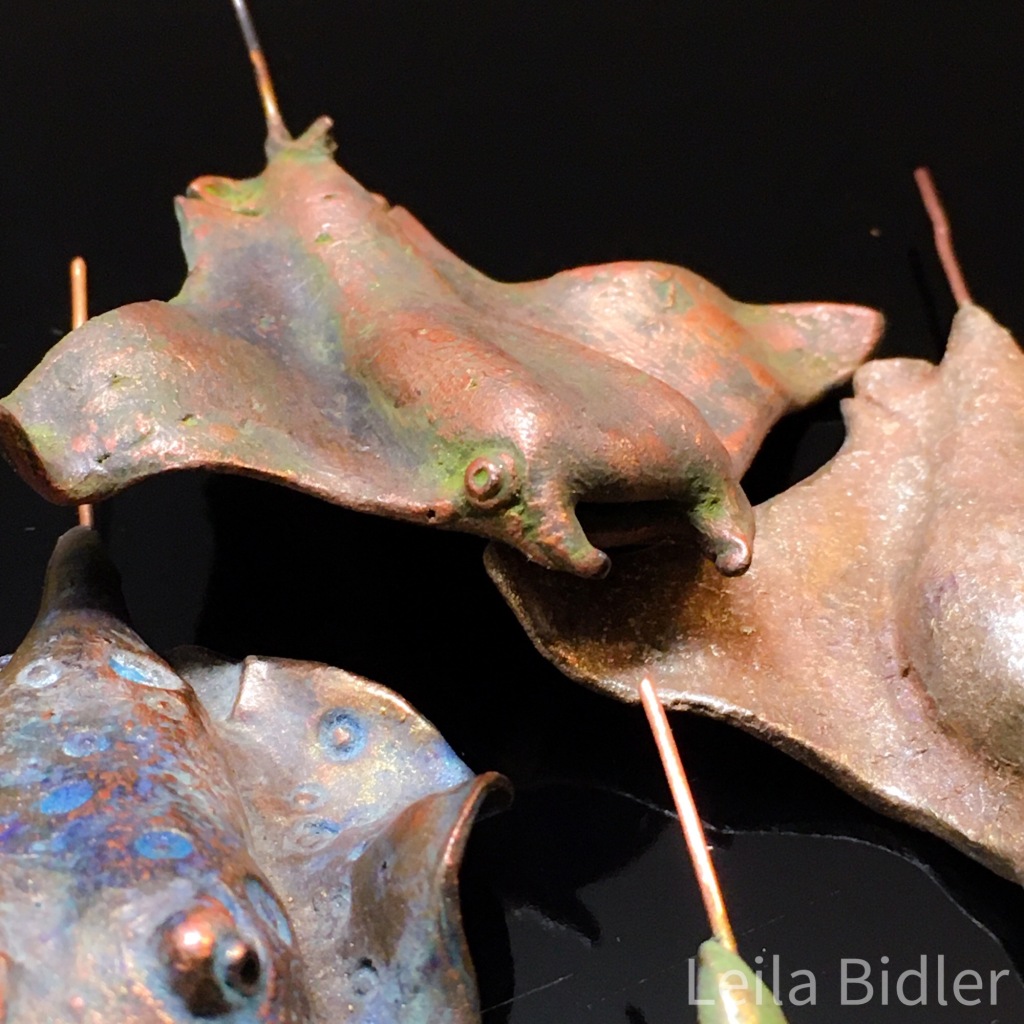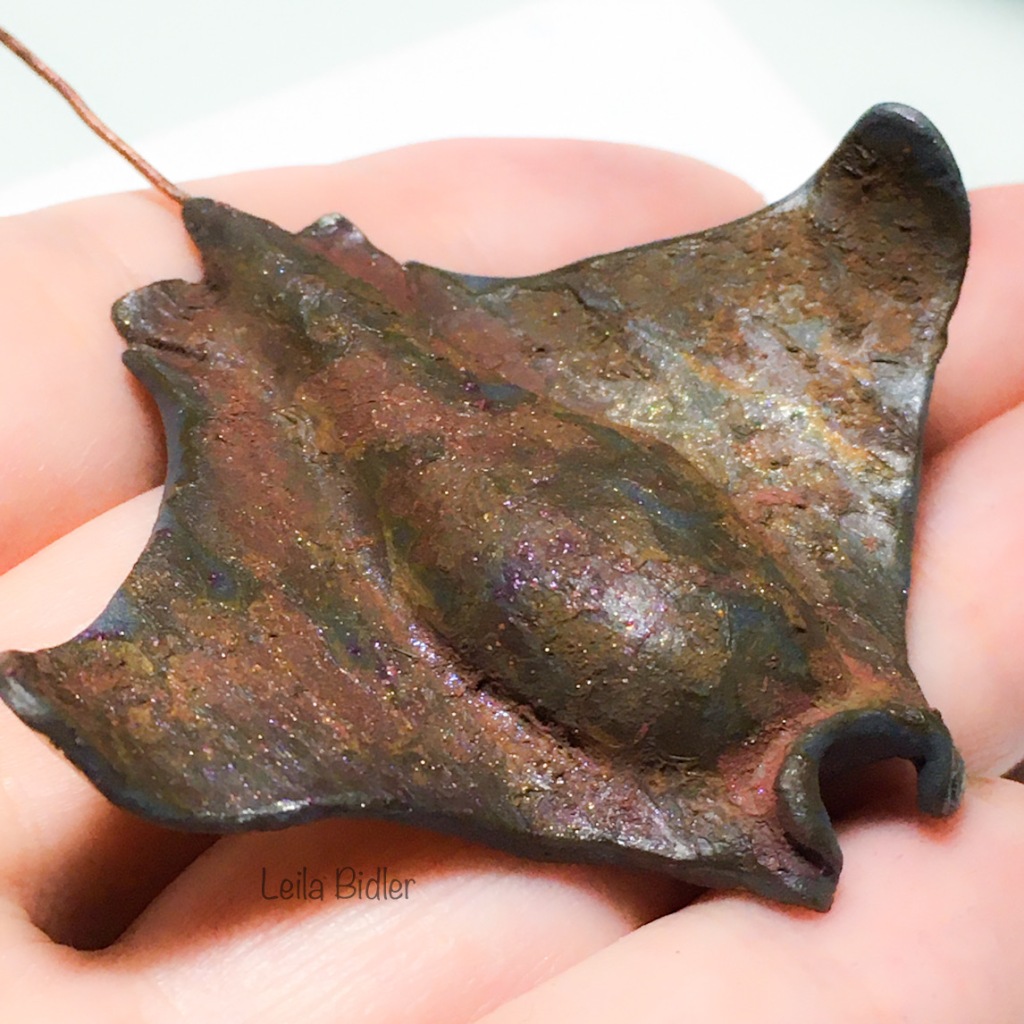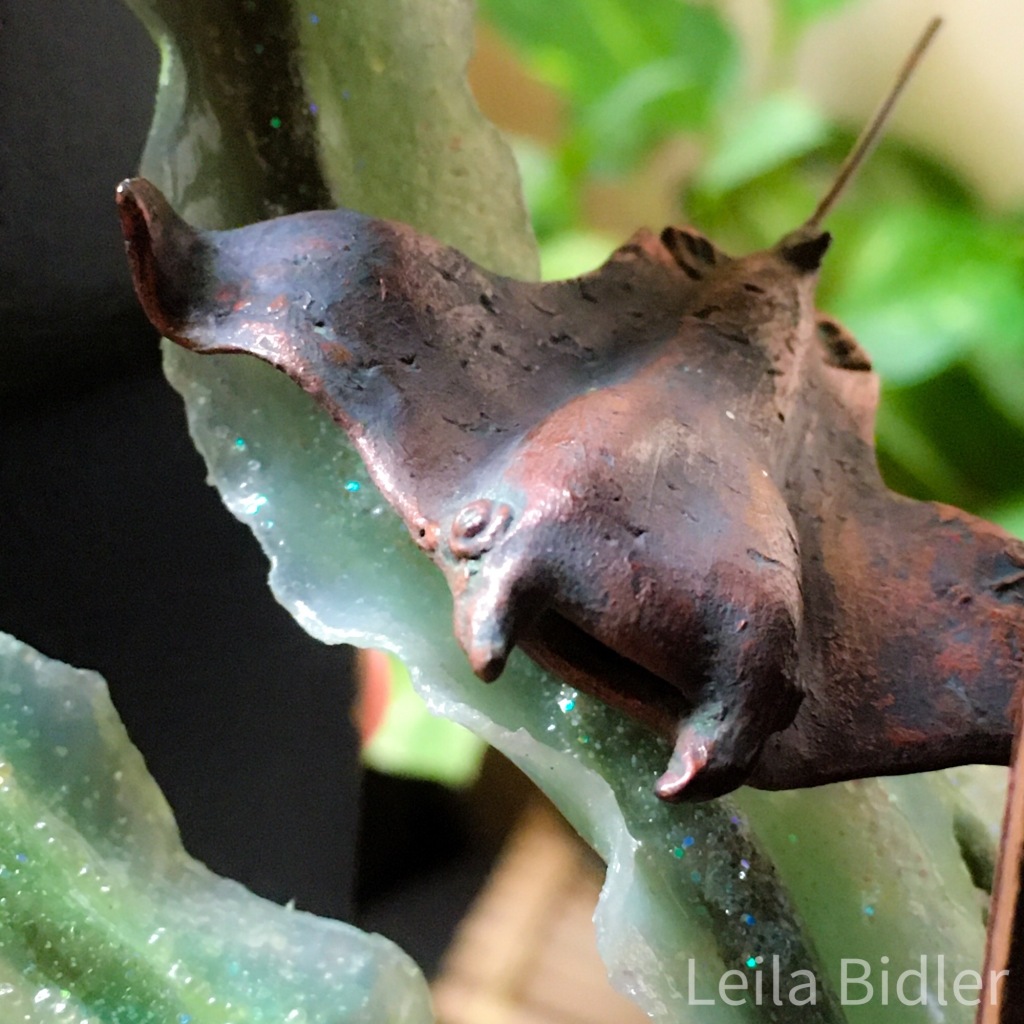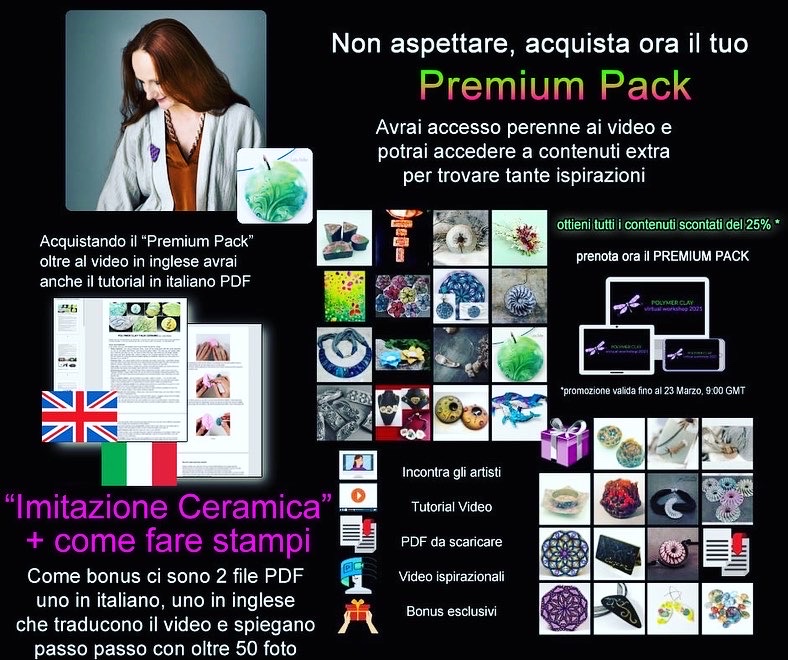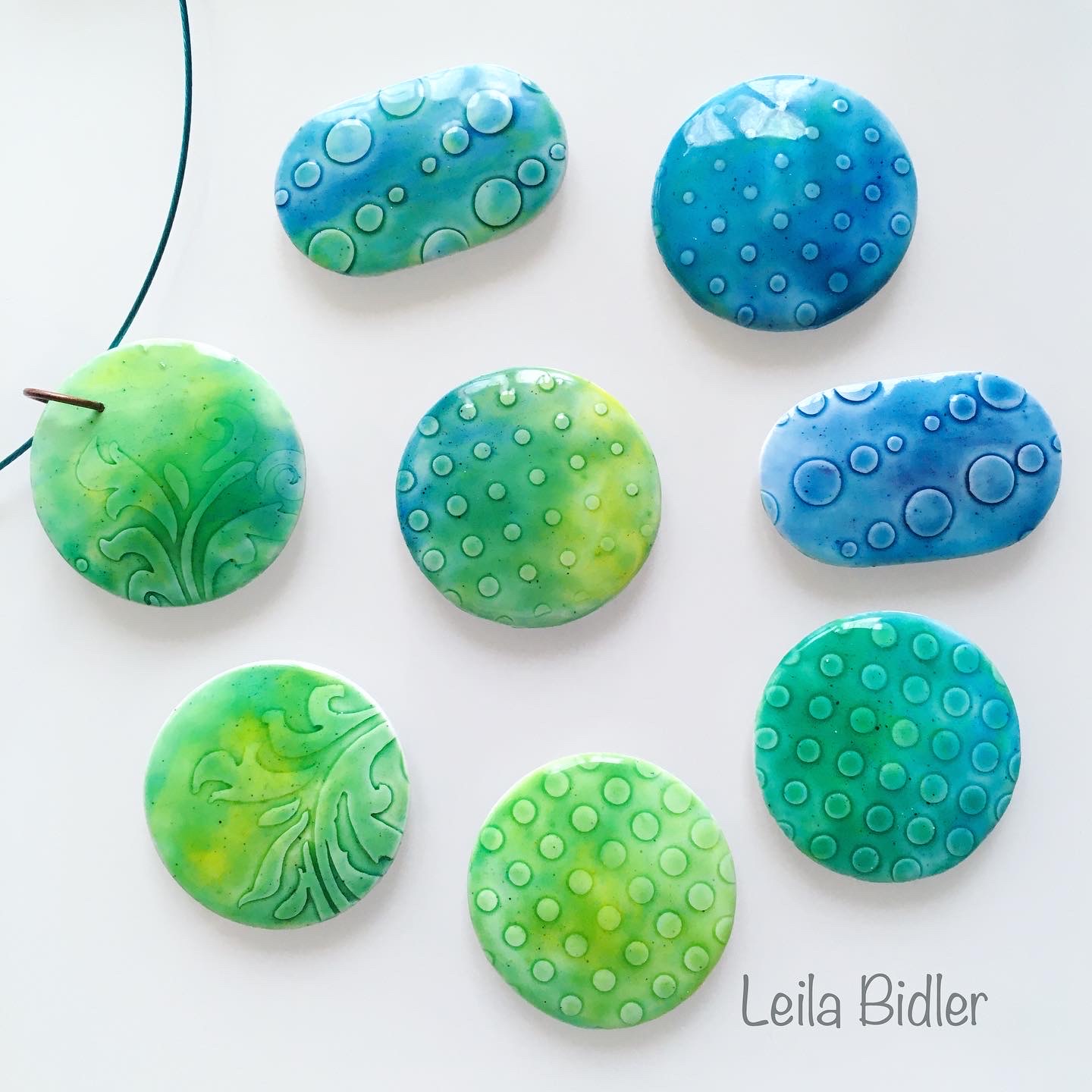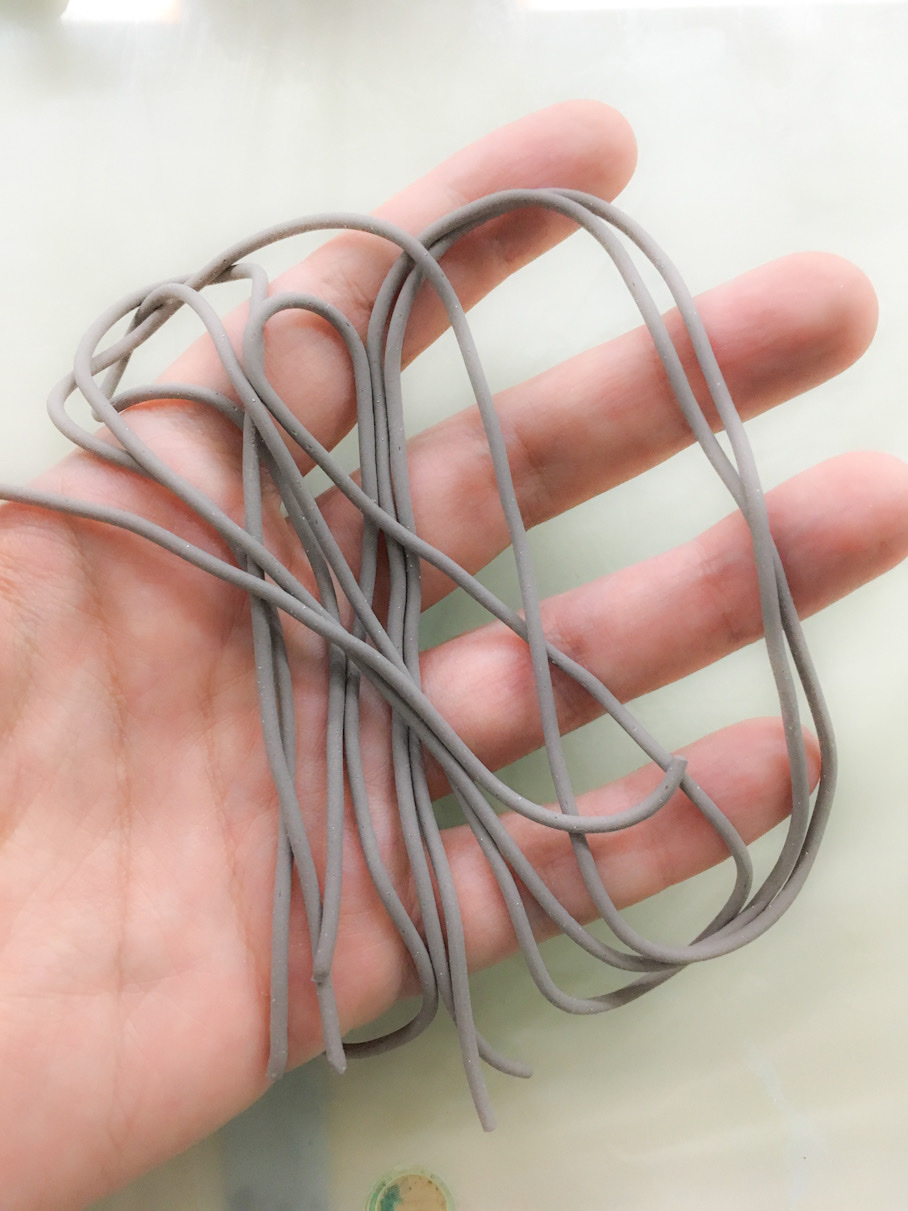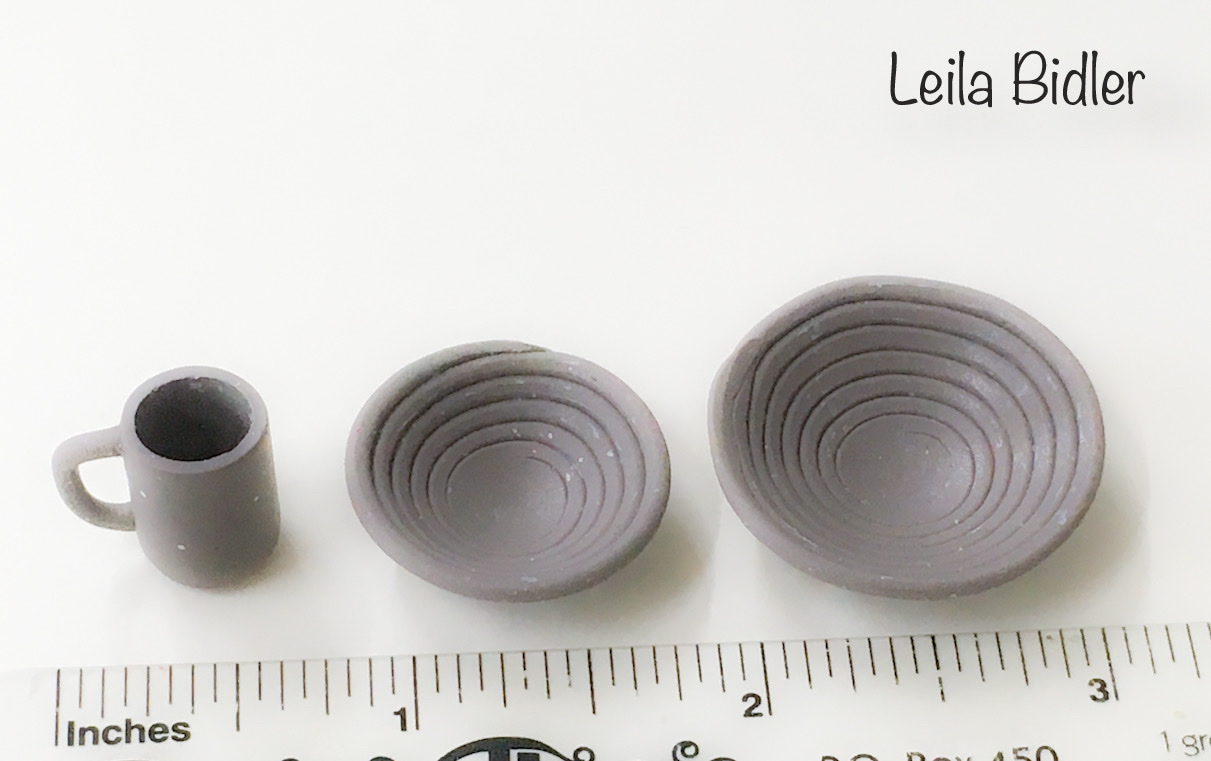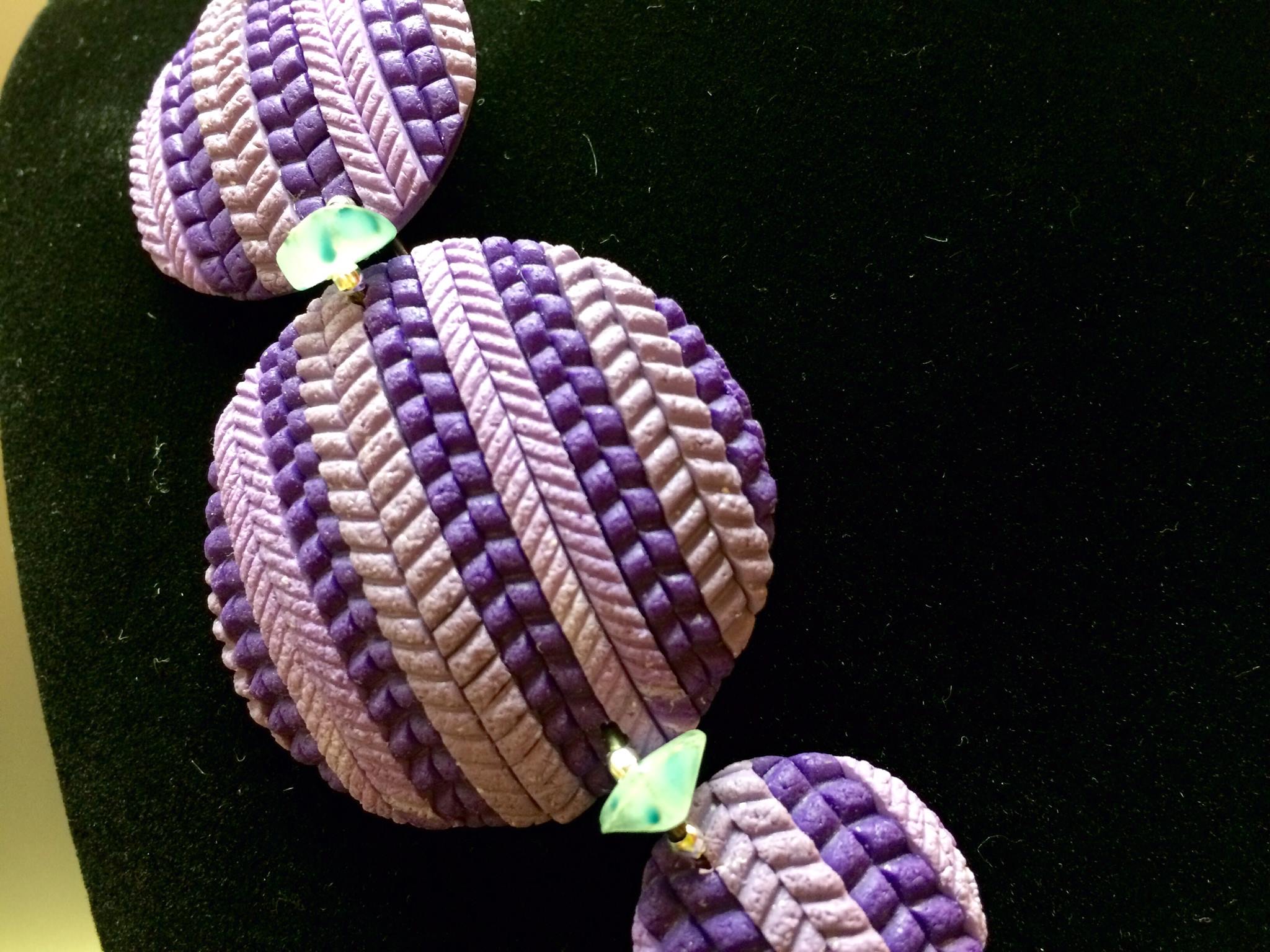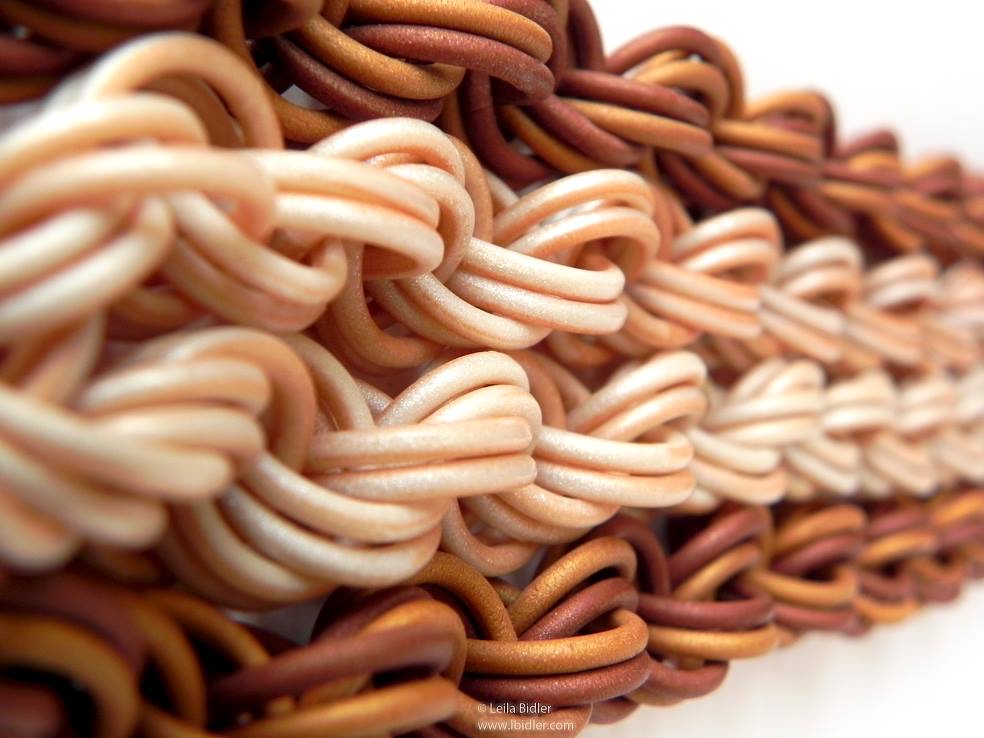
A quick, free description/tutorial on how I made this Kimono pendant in the pictures 🤗
I used an old green veneer on soft black clay to get a crackled sheet of clay.
That was then cut to make the sleeves and body of the Kimono
I then did add some silver leaf to a sheet of black clay and silkscreened it with acrylics and cut out the collar, side pieces and the circle in the center.
I used just a stiff and a bendy blade and a round cutter.
The black bar on top was cut by first drawing it on paper and then onto the clay that I textured with my clay texture sponges, fine grit.
I did use a little bake and bond between the clay pieces and cured them.
I then added a sheet of thin black clay to the back (using some more liquid clay) and used the clay texture sponge again to push it onto the border. This way I got a clean back and sides and it will hold the whole thing together. (click here to see how that is done and contact me if you need the sponges)
Bake again
Now I used a tiny kemper cutter to make the flowers, added the thin black dots and lines, a dot of bake and bond and back in the oven again
I then put the black bar and the kimono together and with a pencil made a mark on where to drill holes, put in the bend wire with some black clay and more bake and bond, last baking.
Then I did add the glass beads, the bar and created loops at the end to string it on a chain.
P.s. colors look different because I use artificial and natural light, the real color is more on the green side
